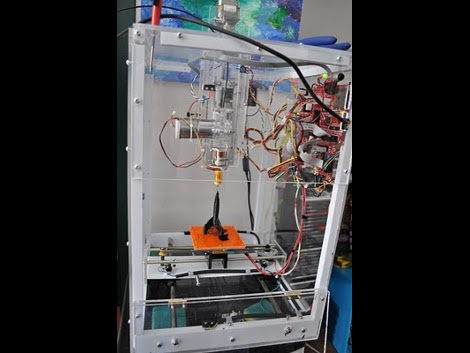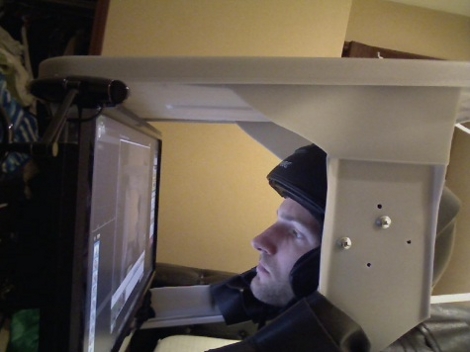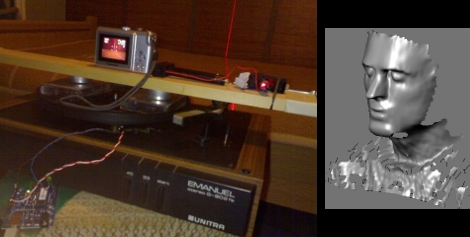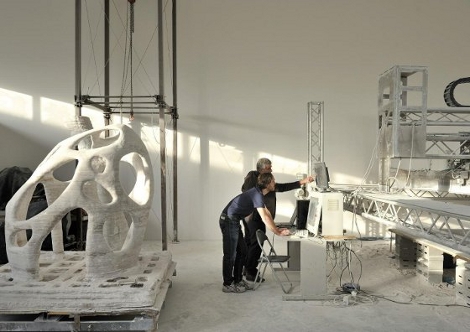
This table-top extruder was modeled after the Makerbot. Instead of laser-cut wood this is built from acrylic, uses salvaged rods from laser printers, some inexpensive stepper motors, and a homemade extruder. All said and done, [Peter Jansen] figures this build came in somewhere around $200-300. It may not look as nice, but at half the price of the Makerbot base kit you also get the fun of building from scratch. Hopefully your fabrication skills are up to the challenge. If so, you’ll be printing useful items soon enough.















